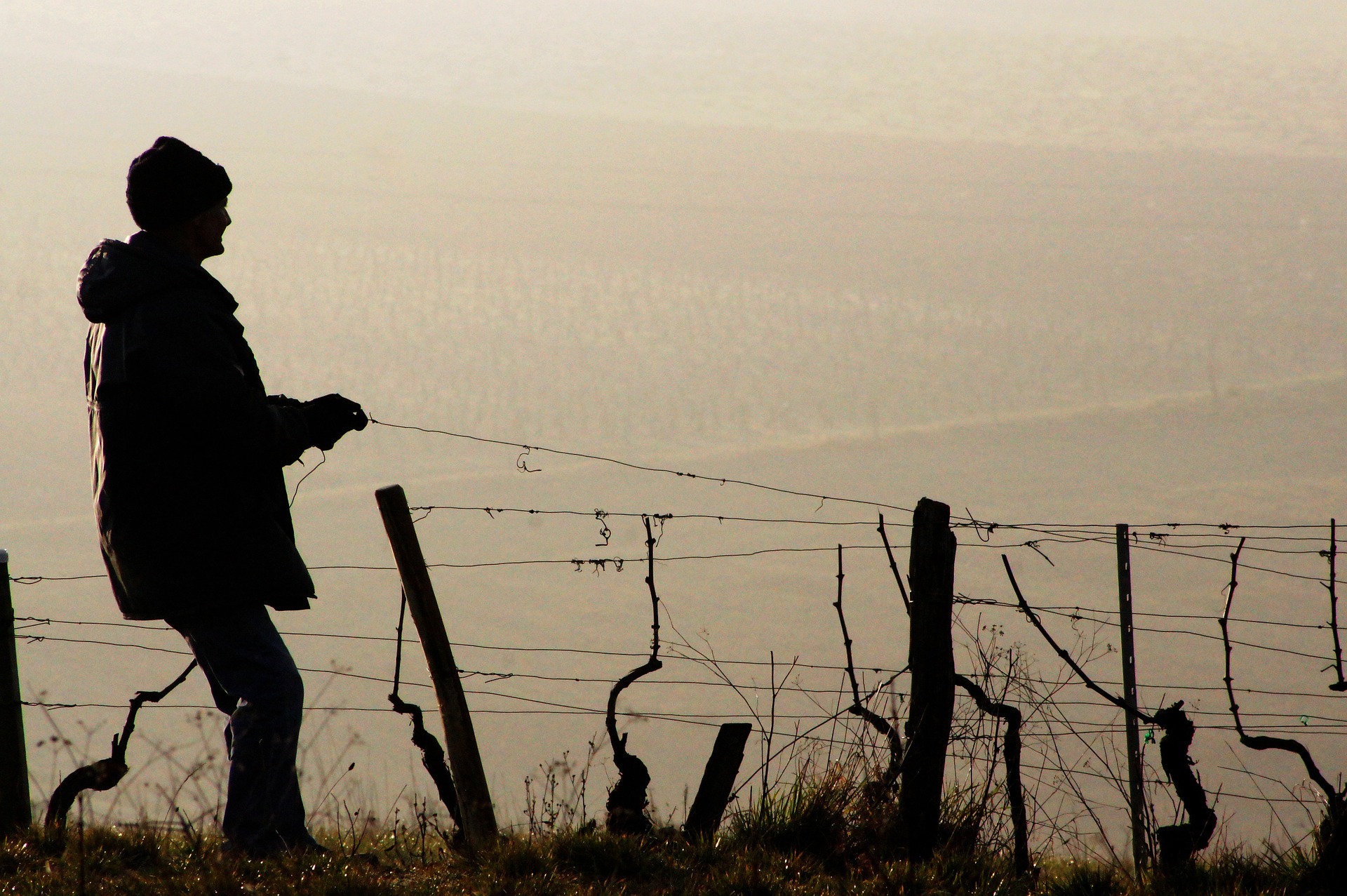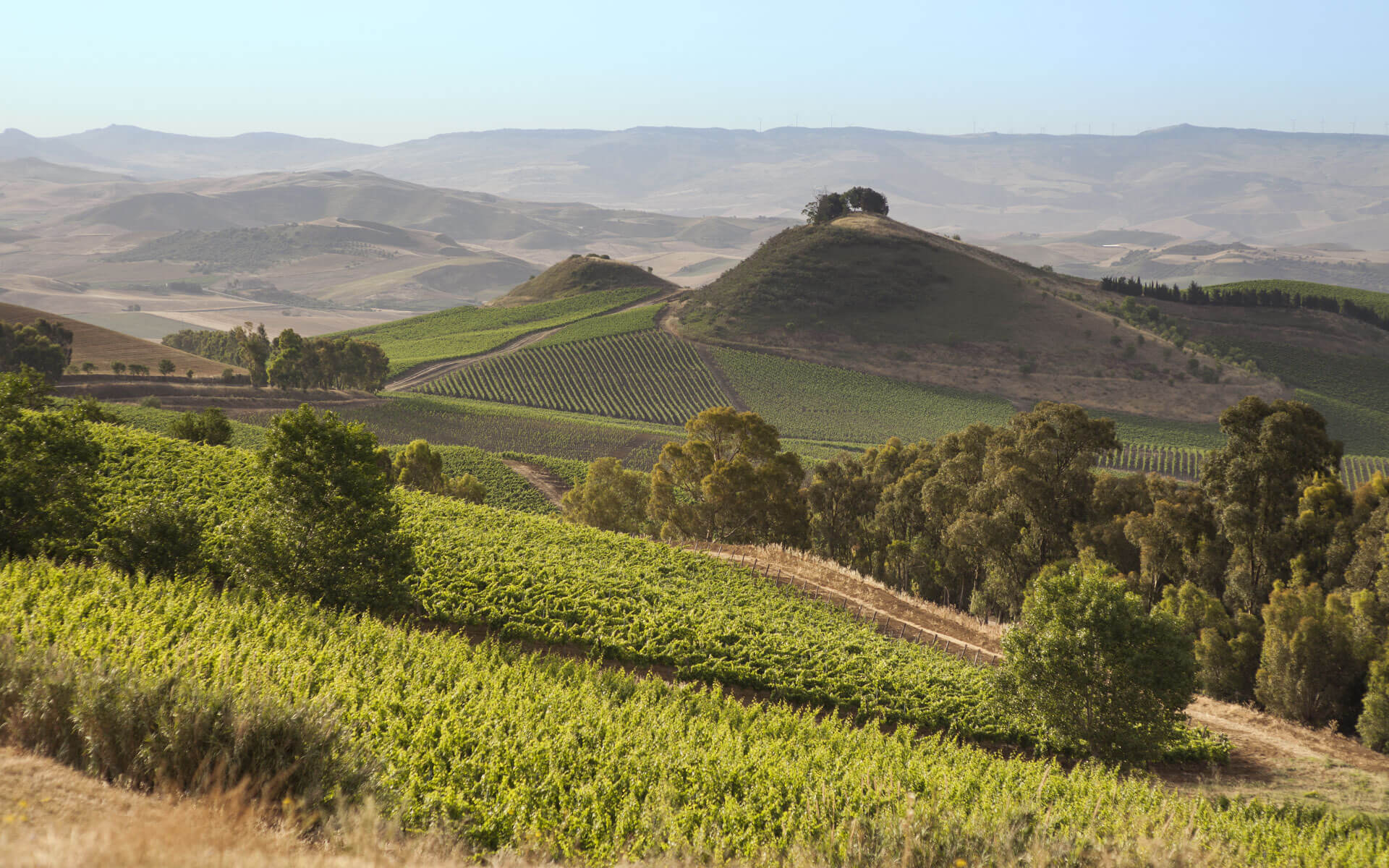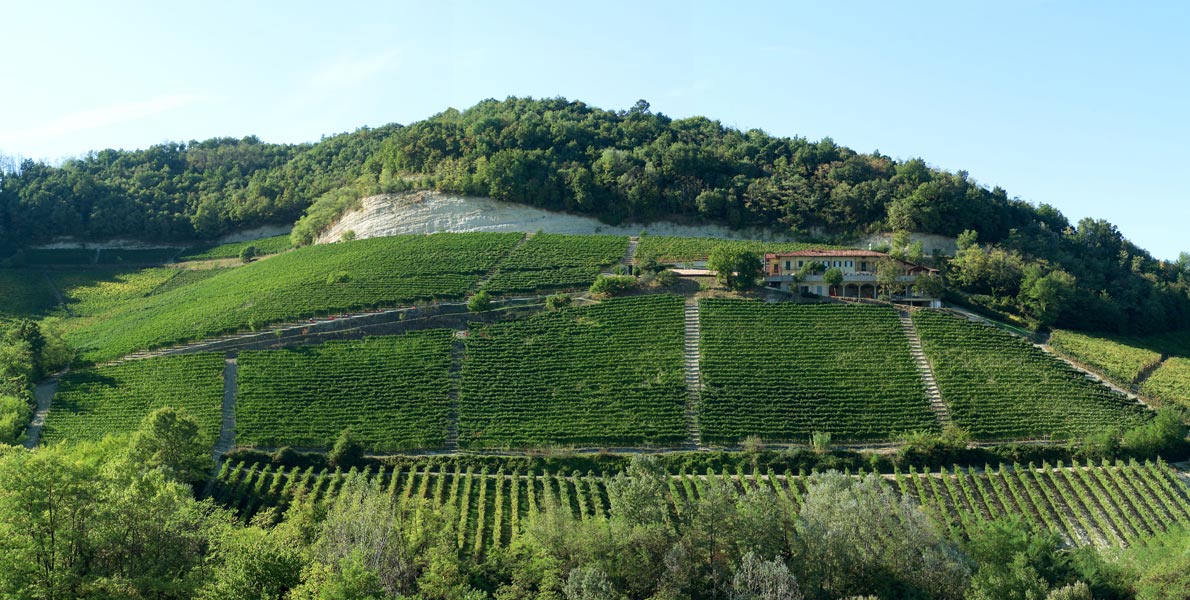Natural Wine. It’s a phrase that started as a whisper in places like NYC and LA and is now being belted from rooftops. Hailed as the next frontier for hypebeast culture, natural wine is getting its own section on restaurant menus and entire wine clubs and wine stores dedicated to it. But, do you really know what it means? Does anybody really know what it means?
While talented minds differ on definition, there is one thing that can be agreed among those in-the-know: It isn’t new. In fact, natural wine has been around since the advent of winemaking and it is only in the last hundred years or so that we’ve deviated in any major way.
So, what is it? Generally speaking (and here I emphasize generally), it is wine made from unadulterated fermented grape juice and little to nothing else. In layman’s terms, winemaking has two parts: (1) growing and picking grapes and (2) turning them into wine through fermentation and bottling. Natural wine is grown organically, without pesticides or herbicides and is picked by hand. Natural winemakers do not use additives and rely on “native” or “indigenous” yeast for fermentation, which is simply the type of yeast found naturally on grape skin from exposure to the elements.
Occasionally, some natural winemakers add sulfites at the bottling stage to help preserve the wine. But the amount of sulfites used is very small (10 to 35 parts per million) compared to conventional wine (which can reach up to 350 parts per million in the US).
The inherent ambiguity of the term “natural wine” may come from its translation “Vin Nature” in French. Nature has a slightly different connotation in French, meaning “plain” for example black coffee is café nature. Thus, a simpler meaning of the term “natural wine” might fit better with the concept of “nothing added and nothing taken away.”
While natural wine has been around forever, the modern natural wine movement started in the late 1960s in rural France by a few winemakers focused on low-intervention techniques. It was a backlash against the conventional winemaking that gained traction after World War II. Technical advancements helped ensure a consistent grape, a consistent picking and fermenting process, and ultimately a consistent tasting wine. Standing in the way of nature was not something the modern natural wine movement favored and so they sought to turn back the clock.
If this sounds interesting to you as a wine consumer, and you’re looking to jump on the natural wine bandwagon, here are a few pointers to keep in mind.
1. There Is No One Definition
There is no official or regulated definition for natural wine. It may be labelled as such but, if you’re serious about natural wine, ask for specifics to make sure it falls within your acceptable level of “nothing added and nothing taken away.”
2. Cloudy Does Not Mean Bad
Don’t freak out if you order a glass of natural wine and it arrives cloudy or you see particles floating. It’s not funky or dirty. Natural wines are neither filtered nor fined, which means there are going to be solids that remain in suspension. Conventional wines take care of this, but it requires additional products like collagen or egg whites, which are not acceptable for use in natural wines.
3. Organic Does Not Always Mean Natural
Slapping on a certified “organic” label does not make wine natural. Indeed, a natural wine may not have the organic label. Yes, I know, I’m blowing your mind but follow me for a minute. Getting an organic certification costs money; money that many small producers cannot afford. So, a small producer may be living rigidly by the tenants of natural wine production (including being organic) but, without paying for the certification, they cannot legally use the label. This is far more common than you might suspect since natural wine is overwhelmingly produced by small operators.
On the other hand, more established producers can afford to be certified organic, but they may use organic pesticides, additives during the winemaking process, or otherwise manipulate the wine with technology. In most cases, this has zero impact on their organic certification and their wine may be anything but natural.
So, do not blindly trust that an organic label means it’s natural. This is another example where asking for specifics helps.
4. Biodynamic Does Not Always Mean Natural
The biodynamic approach to grape-growing started in the 1920s by an Austrian spiritual philosopher, Rudolf Steiner. Biodynamic looks at the farm as self-sustaining. Unlike organic farming alone, which focuses on the grapes to be harvested, a biodynamic farm includes orchards, vegetable gardens, flower gardens, livestock, honeybees, and other things that work symbiotically to feed the farm as a whole. For example, the bees pollinate the vineyard, the vegetables, orchards, and flowers can be used to create a natural pesticide, and the livestock . . . well, more on that below.
Biodynamic farming is based on a specific astronomic calendar; each day coincides with one of the elements: earth, fire, air and water which dictates when to water, prune, harvest, and leave the vineyard untouched. There are also specific instructions on fertilization, including some “out there” requirements like burying bull horns filled with compost (think manure!) in the vineyards and digging them up later.
Like organic certification, there is a certification process for labeling wine “biodynamic” and so similar cost considerations are at play for small producers. And while biodynamic certification requires the adherence to a stricter list of permissible and prohibited applications than does organic, it still does not always guarantee that the wine is made entirely naturally. For example, some biodynamic certification bodies allow the use of inoculated yeasts for fermentation and the use of animal-based filtering/fining agents. So, again, it’s important to ask questions.
5. Natural Does Not Mean Headache Free
Sulfites get a bad rap and (in my opinion) have been falsely labelled as the culprit behind the day after headache or, worse yet, the entire hangover. Because natural wines (by any loose definition) contain very little to no added sulfites – newsflash, all wine contains natural sulfites — consumers are gravitating to them in an attempt to escape fate and overcome the day after regret.
So, what are they? Sulfites are naturally-occurring compounds that plants produce to protect themselves from microbial infection. Some winemakers add extra sulfites to wine to help preserve freshness and prevent spoiling. Both white and red wine contain sulfites and even wines with no sulfites added are usually required to have “contains sulfites” on the label.
Now about that wine headache and hangover. The connection has been studied repeatedly and no scientific link has been found between sulfites and headaches or hangovers. Indeed, if you think about, dried fruit contains significantly more sulfites than any conventional bottle of wine (compare an average of 50-100 parts per million for conventional wine to over 3,000 parts per million for dried fruit!).
If your only reason to gravitate towards natural wines is to avoid sulfites, probably time to reevaluate your strategy. That is unless you are asthmatic. According to Abhijit Adhye, MD, FACP, a board-certified internal medicine physician at St. Joseph Health Medical Group, “[i]n high doses, sulfites can cause an adverse reaction in asthmatics.” But, “[l]ess than 1 percent of the population is estimated to have a specific sensitivity to sulfites. These people may experience rashes, itching or hives, or have trouble breathing.”
So, what is the likely culprit for that headache or hangover? The answer is probably simple: lack of hydration and will power. If you stay hydrated and consume in moderation, you should be just fine.
6. Look to the Loire Valley
Natural wine producers exist everywhere. But the prize for longevity has to go to France’s Loire Valley, which has been producing low-intervention wines since the 1960s. Outside the Loire Valley, Beaujolais, Jura, and Savoie are other important French regions in natural winemaking.
California wineries Donkey & Goat, Clos Saron, La Clarine Farm, and Coturri probably lead the budding US natural winemaking movement, and some winemakers in other states (like Day Wines in Oregon) are also embracing the movement.
So, Is Natural Wine For You?
Some natural wines are absolutely delicious, and some are just flat-out weird – smelling like yogurt or a sour beer given their strong yeast characteristics. But the passion behind the movement makes natural wines a force. With a talented and creative winemaker and an equally dedicated team, they can produce some real gems that are thrilling . . . just be prepared for the uncertain.
Did you like this content? If you did, let us know and share it with your friends.
This page contains affiliate links. We receive a small compensation when you purchase through affiliate links. While clicking these links won’t cost you a cent, it will help us keep the lights on and buy more wine. To find out more, click here.






